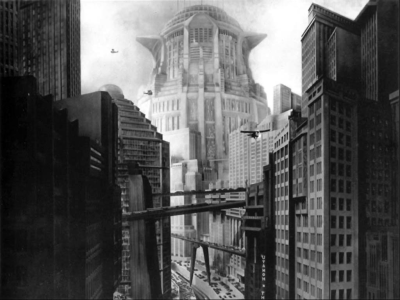The article discusses global anxieties about population growth and the housing crisis, arguing that the fear of slums and the inability to provide affordable housing stem from faulty policies and a lack of imagination rather than the actual capacity to house people. It emphasizes the importance of understanding the factors contributing to the urban crisis, such as land arrangements and speculation, in order to address the issue effectively.

Urban practice has become increasingly speculative about the future. If there is a world where utopias are literally a commodity, bought and sold as little pieces of dreams, it is here. Full of futuristic and visionary images about the way the world should look, buildings, neighbourhoods and entire regions seem afloat in space, free from the constraints of the lived world. They do seem to have a clear source, however, derived largely from fictional scenarios of the future of humanity. While apocalypse, paradise, utopia and dystopia are the moral anchors for several speculative fables, the city is evoked as double-edged – at once the pinnacle and tipping point of human choices. This essay demonstrates how speculative fiction limits the idea of the urban future and with it restricts choices we make in the present. If fiction is another mode of activist expression, it is being sculpted and shaped in concrete and glass as well. (Abstract of the essay by Matias Echanove and Rahul Srivastava to be published by THE JOURNAL OF SOUTH ASIAN FILM AND MEDIA VOL.6 NO.2)

(Metropolis - Source: https://upload.wikimedia.org/wikipedia/en/2/28/Metropolis-new-tower-of-babel.png)
In movie lore, Fritz Lang’s Metropolis (1927) is the fountainhead of subsequent futuristic urban imagery in cinema. The director is known to have been inspired by his first glimpse of New York that bloomed into his gigantic futuristic, art-deco cinematic city in which a twisted class war and biblical themes came together to carry forward a strange tale of control, love and human choices (Minden and Bachman 2002). The authors point out that the imagery in the film – tall skyscrapers, looming giant urban landscapes, machines merged with built forms – is said to be inspired by the futurist Italian architect Antonio Sant’Elia, but the film’s own design influenced the art-deco movement substantially in Europe and America as well. This interplay of early twentieth-century architectural movements and cinematic representations produced a set of images that became hugely influential, continuing to be the template on which notions of urban futures kept echoing through the twentieth century. Widespread notions of the city remain anchored to similar or related visions.
The city, thus, very much remains entrenched as the alter ego of the rural: a very twentieth-century and industrial idea (Leeds 1994). If we detach such a notion of the city as we have imagined it in the twentieth century (thanks in no small measure to movies like this one) and actually take a hard look at the way urban forms proliferated in the contemporary world, we see a gap that needs to be filled in more creatively than simply by a temporal logic of urban development where everybody would eventually catch up.
The actual processes through which cities relate to density and space, how they create habitats, their relationship to what they call home in different parts of the world, the surprising ways in which they use transport and mobile systems rarely become the starting points of imaginative reconstructions that circulate in the media and, subsequently, in our minds. Research emerges year after year from India, Europe, China or Africa, which reveals complex patterns of urbanization, unexpected directions that people take in shaping and using habitats that certainly does not point towards the vertical, speedy, hyper-dense spaces that presently haunt our stories and minds (Brenner 2004; Kaufmann 2014 ; Echanove and Srivastava 2014). Such research reveals that villages are becoming a part of urban living, populated forests, and high-technology rural habitats are as much a conjoined living reality as mobile phones and the Internet, and populations are circulating and moving in unexpected directions. Thus, the urban landscape of the future may be much more varied than we imagine. The reason why it takes much longer for these observations to become the knowledge stock and springboard for imaginative constructions is because they challenge very deep taken-for-granted notions about the future.